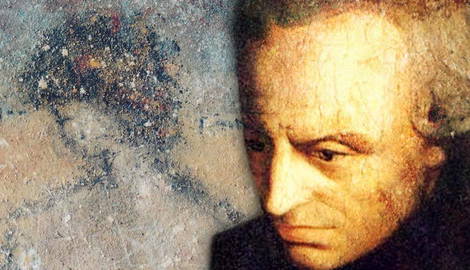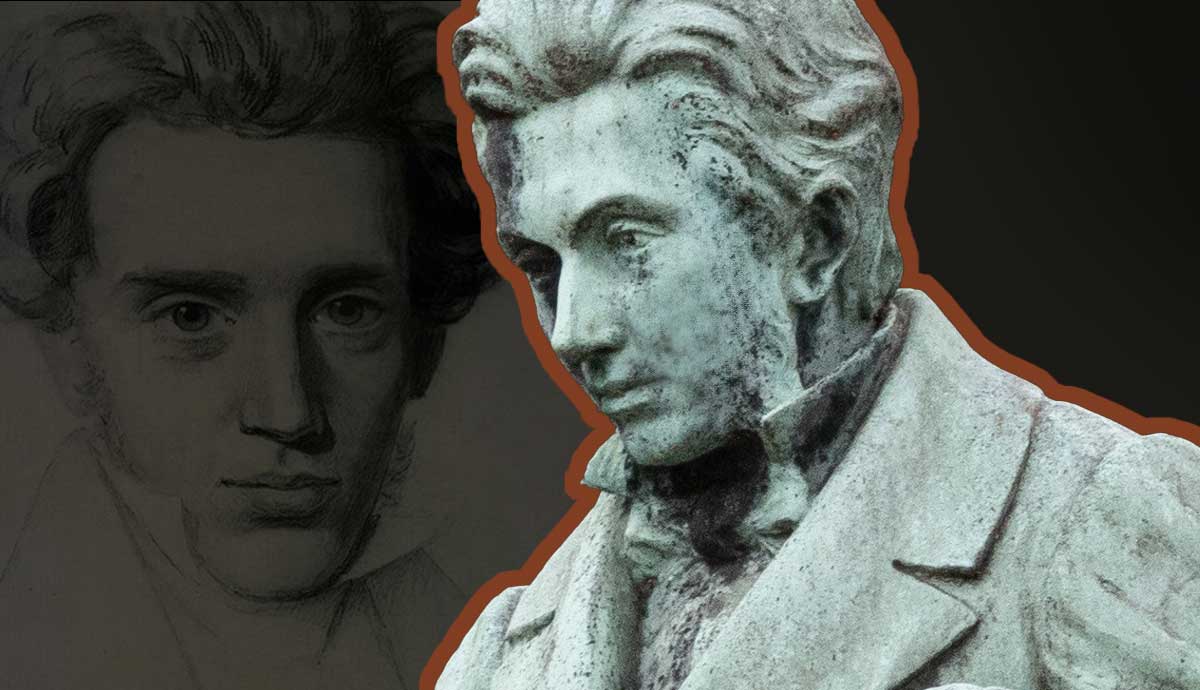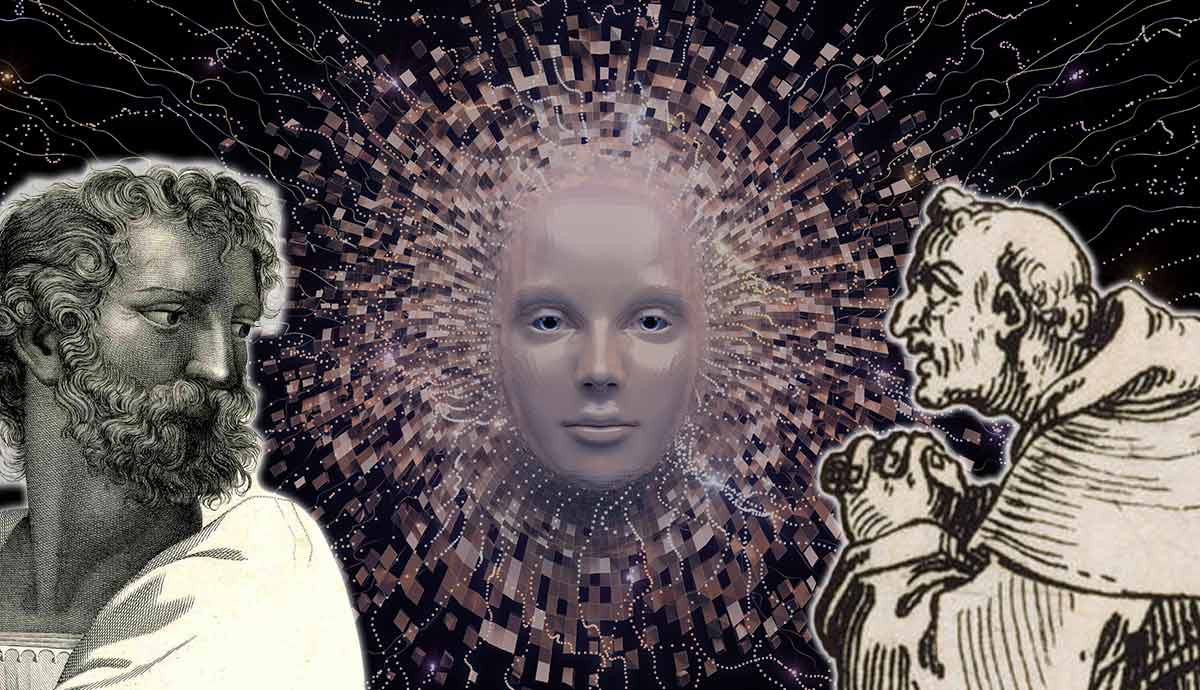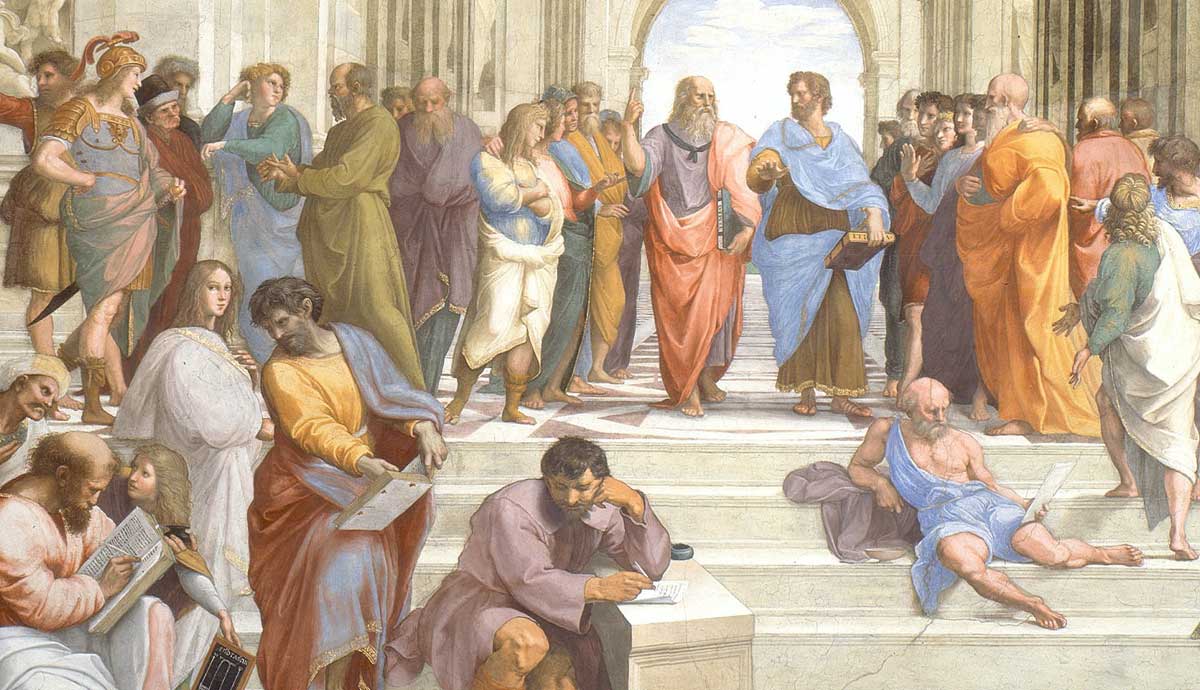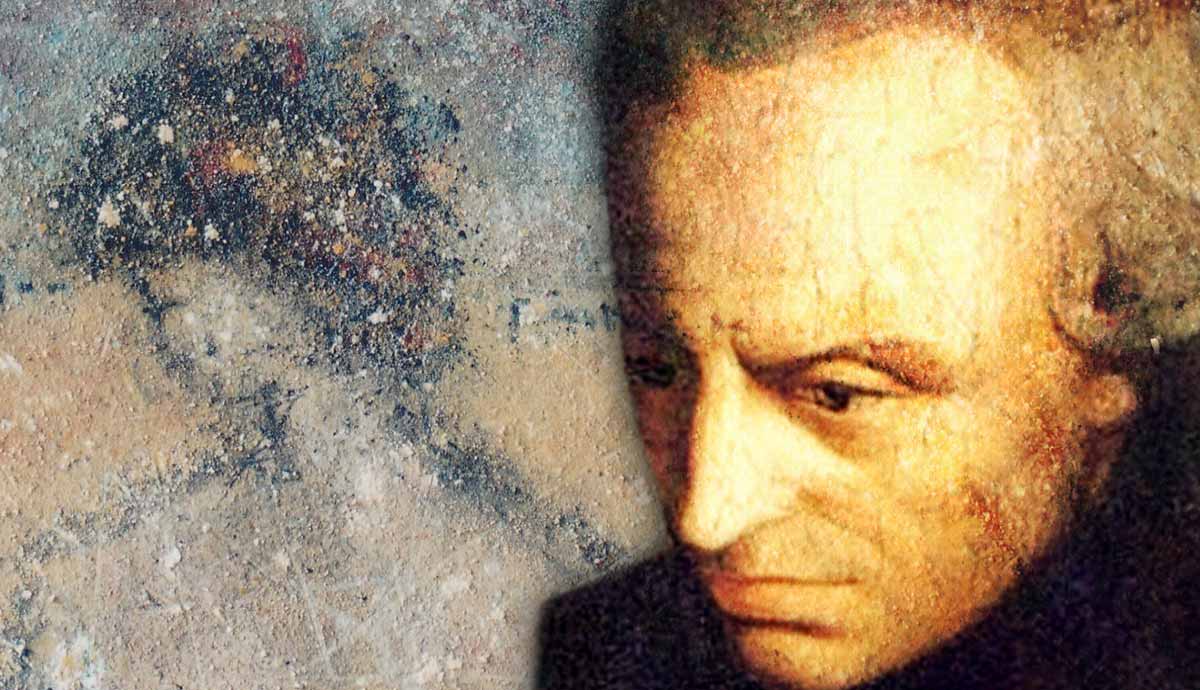
summary
- Kant’s theory of knowledge, transcendental idealism, says human experience is of appearances, not direct reality.
- Two main interpretations exist: “two objects” (separate realities) and “two aspects” (different ways of knowing).
- The “two objects” view separates absolute reality from appearances, treating appearances as mental entities.
- The “two aspects” view suggests we only know certain properties or aspects of objects.
One of Kant’s most distinctive contributions to philosophy is his theory of knowledge. This article begins with a discussion of relevant theoretical context before addressing certain difficulties with summarizing Kant’s philosophy. The idea of transcendental idealism is then introduced and explained before a distinction is drawn between two interpretive approaches: the “two objects interpretation” and the “two aspects interpretation.” Both are explored and evaluated before further issues raised by the latter are discussed in more detail.
Why Is It So Difficult to Understand Kant?

Kant’s philosophy is difficult to summarize for several seemingly opposite reasons. One is that it is very systematic, in that large parts of his work–indeed, entire books–are challenging to understand without having read other parts of his work. Arguably, what Immanuel Kant intends can be grasped in full only by familiarity with his work as a whole.
Another reason is that Kant appears to change his mind at several points during his authorship. Despite our tendency to talk about philosophers and philosophies as though they are consistent, integrated wholes, this is quite common. However, it poses a problem in light of Kant’s systematicity because it is more difficult to distinguish a contradiction from the development of the same idea in a new context. As it is for his philosophy as a whole, so it is for his theory of knowledge. The best we can do is to take one part of Kant’s theory of knowledge and try to follow the line of thinking that is being developed as best we can.
One of the central Kantian ideas about knowledge is the thesis of transcendental idealism. Following Kant scholar Michael Rohlf, we can define transcendental idealism first in terms of a claim about experience. According to transcendental idealism, human experience consists of appearances and does not provide us with direct access to things as they truly are. The foundational elements of these experiences—space and time—are subjective elements of human intuition or intellectual instinct, which cannot be said to exist apart from these subjective intuitions. Our sense of what is real is not unmediated reality, but our processing capacities themselves structure it.
Kant puts the point in the following way:
“All our intuition is nothing but the representation of appearance; that the things that we intuit are not in themselves what we intuit them to be, nor are their relations so constituted in themselves as they appear to us; and that if we remove our own subject or even only the subjective constitution of the senses in general, then all constitution, all relations of objects in space and time, indeed space and time themselves would disappear, and as appearances they cannot exist in themselves, but only in us.”
Kant’s Radicalism

As much as Kant appears to be setting out a theory that runs against our ordinary conception of how things are and undermines our faith in the reliability and unity of human understanding, it is important to note what he does not deny. For starters, the subjective conditions of the understanding are not personal. They are subjective but common to all human beings. Kant takes pains to relate the unknowability concerning things in themselves with a certain confidence about the universality of the faculties of the understanding. He wrote:
“What may be the case with objects in themselves and abstracted from all this receptivity of our sensibility remains entirely unknown to us. We are acquainted with nothing except our way of perceiving them, which is peculiar to us and therefore does not necessarily pertain to every being, though to be sure it pertains to every human being.”
So far, we have discussed the most basic elements of transcendental idealism. From here on, things become more complicated, partly because there is not a great deal of scholarly consensus on how transcendental idealism should be understood. Two prominent approaches are the “two-objects interpretation” and the “two-aspects interpretation,” which the rest of this article will now set out.
The Two Objects Interpretation and Problems

The two-objects interpretation was the first traditional way of interpreting Kant. In this interpretation, there is a distinction between what is absolutely real and what is not. What is absolutely real would exist even if there was no one around to perceive it. What is not absolutely real is that which depends on there being perceivers for its very existence. Therefore, appearances are strictly mental entities, and we cannot, strictly speaking, relate things that are absolutely real to our senses. Talking about things independent from these mental entities is a theoretical supposition that cannot be verified or proven.
This way of putting Kant’s argument faces a number of serious criticisms. For one thing, he struggles to remain consistent about whether or not we can know things in themselves. There seem to be two senses of knowing here – knowing in such a way that we can verify or prove that a certain thing exists in a certain way and knowing in a looser sense of gesturing towards something required by a broader theory.
Now, this is not in itself contradictory, but one might think that Kant says more than he can about things in themselves if he wishes to take the latter view of them. Moreover, one might worry about what other convenient non-existent entities philosophers might come up with if they held themselves to an ad hoc standard of supposition.
The skepticism that this approach seems to imply has also been the subject of controversy. Sometimes, Kant is read as suggesting that appearances are false. At other times, he is read as suggesting that appearances (or conclusions we might draw from their apprehension) are correct. Still, the grounds of their rightness are, in principle, unknowable, given their relation to how things are in themselves. The idea that things in themselves are not spatial or temporal has also struck many critics of Kant as especially difficult to grasp. How can something which is neither spatial nor temporal be the source of appearances of the very same? How could something outside of space and time intervene within space and time?
Appearance and Reality

Many good counterarguments exist to these objections, but let us turn to the most thorough one. It suggests that all such objects are based on a fundamental misunderstanding of Kant’s theory of knowledge. Rather than taking the two-objects interpretation, perhaps we should take the two-aspects interpretation of Kant’s transcendental idealism.
On this view, transcendental idealism is not meant to distinguish between the world of appearances and the world of things as they are in themselves, as Plato once did. Rather, Kant wishes to suggest that what we can understand by our understanding of appearances is one aspect of objects, and what does not appear to us is another aspect of those same objects. Crucially, this view encourages us to abandon the idea that appearances are strictly mental responses stimulated by objects we cannot know directly. It would be more appropriate to suggest that we cannot know objects entirely.
Having split transcendental idealism into two interpretations, it serves us well to make a further distinction between two interpretations of the two-aspects interpretation. The first is what we can call the property dualist approach. It suggests that objects have two sets of properties, one apparent to us and one not. The second we can call the epistemological approach. This interpretation suggests that Kant should not be read as proposing a theory about how things are and how we know them, but one focused strictly on the latter question. On this view, transcendental idealism is a theory about the standpoint from which we know what we know and involves the claim that there are certain things that, given our epistemological perspective, we cannot hope to know. These interpretations raise certain issues, avoid others, and can find some support in Kant’s work.
